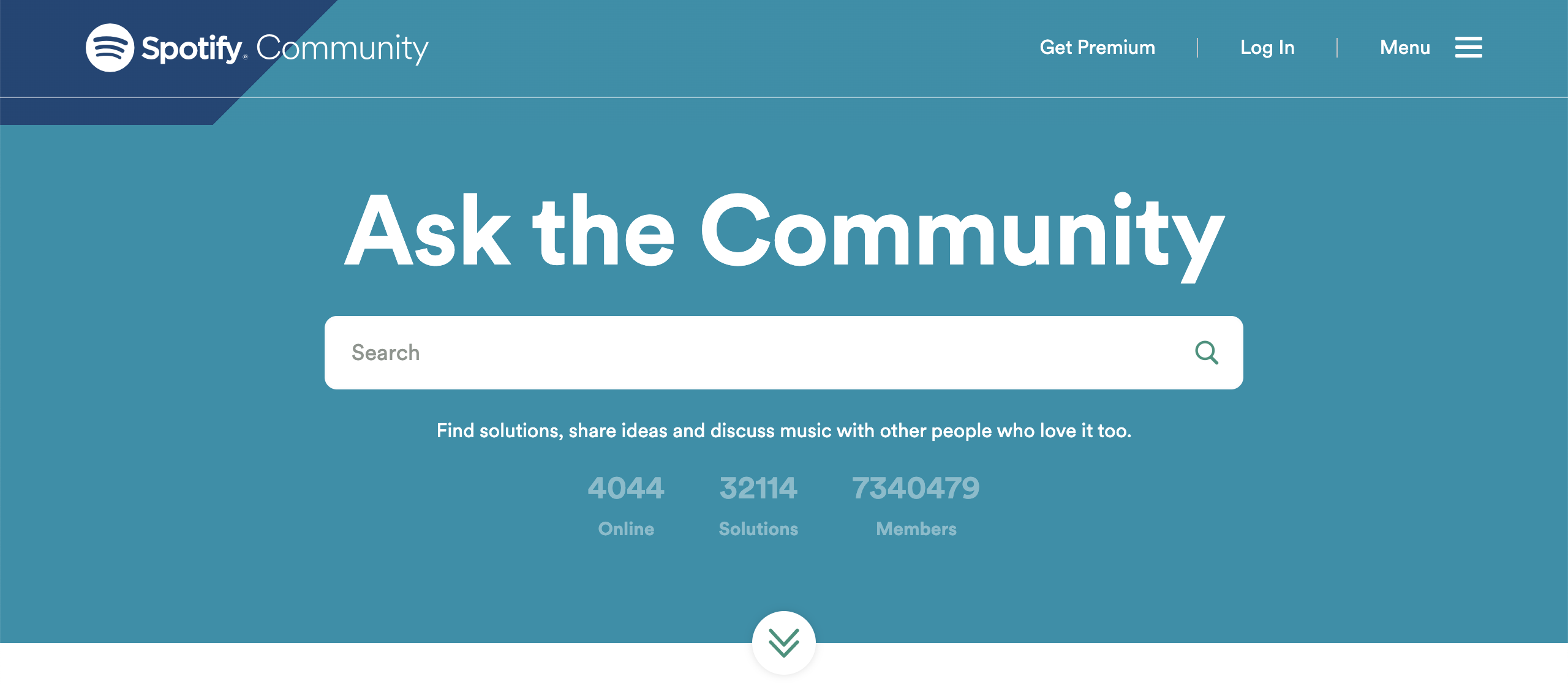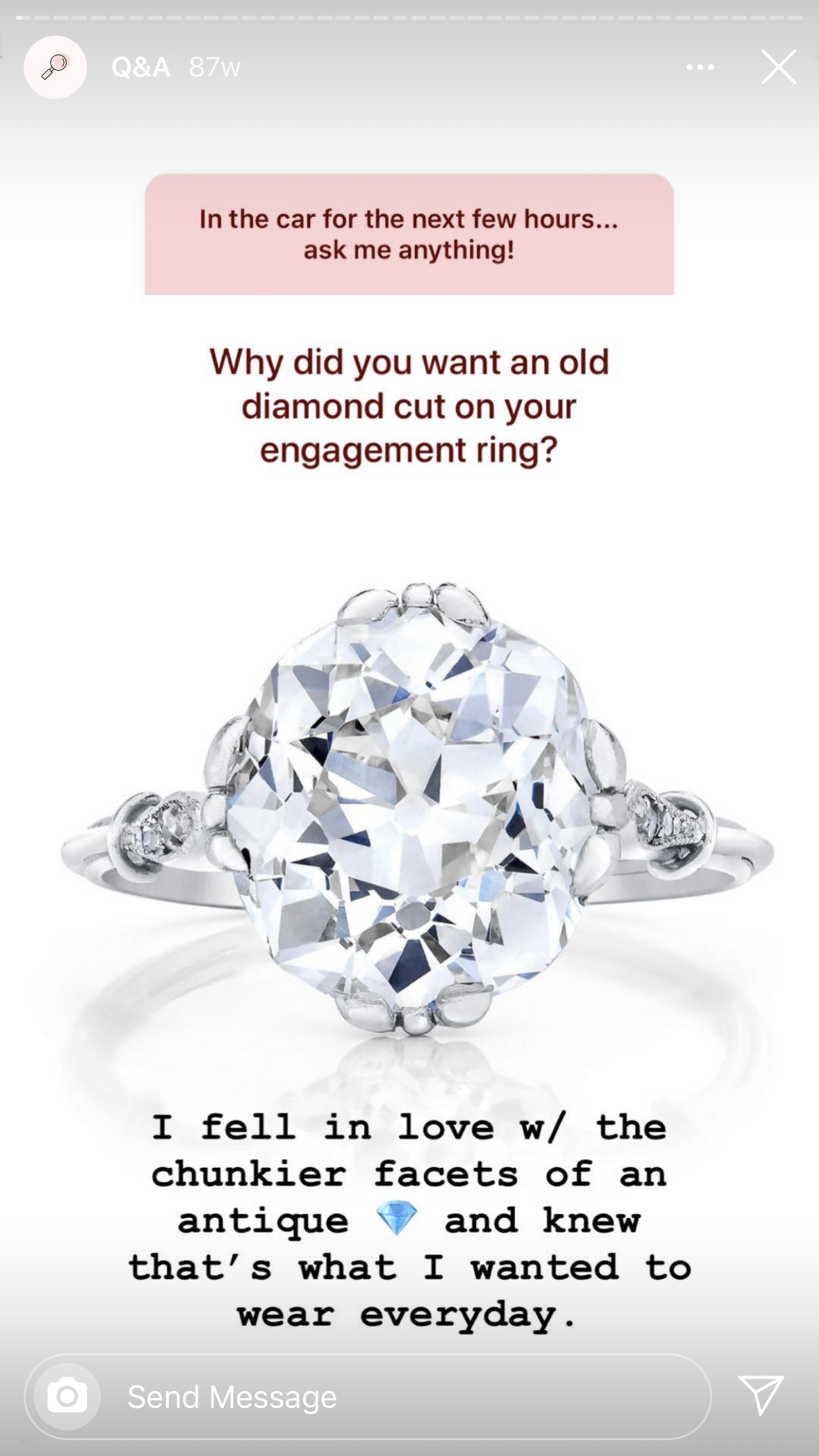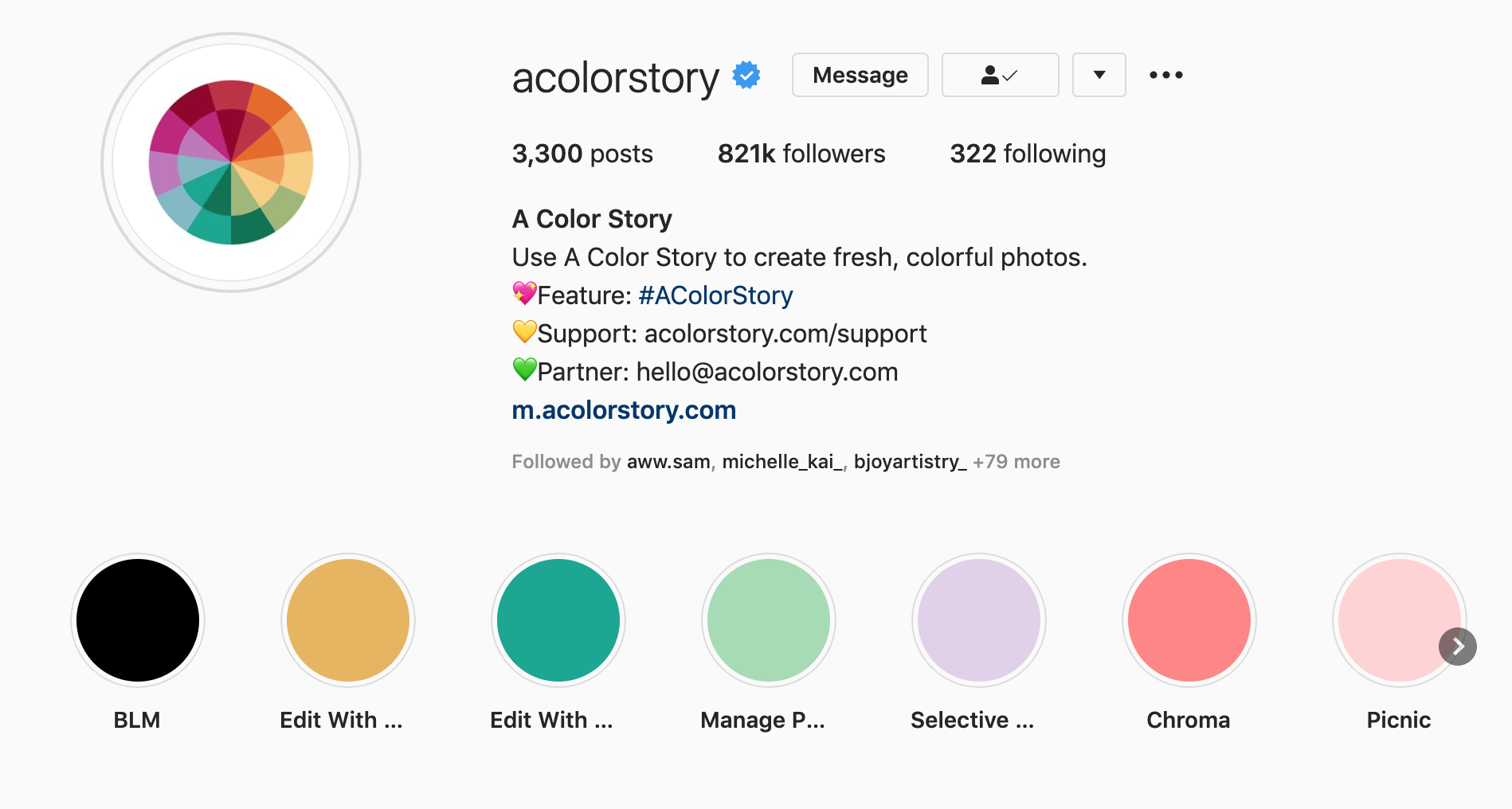If you’re looking for ways to strengthen your brand and have better conversations with your customers, you need to create a stellar brand strategy. And one major part of that is a brand community.
Brand communities rally your most loyal customers in one place, which is a massive win for any brand. Plus, these communities are fun for your audience to chat with like-minded people.
We’ve put together this quick guide to help you further understand what exactly a brand community is, why they’re so important for your business and how to build a successful one.
Let’s get started.
Table of contents:
What is a brand community?
A brand community is a place where people who have an emotional connection to your brand can connect with each other and with your brand.
Brand communities consist of people who follow all of your content on social media, who share your products/services and connect with others who enjoy seeing everything your brand does.
In the simplest terms, a brand community showcases brand loyalty at its best. People in your brand community are emotionally invested; they will buy from your company, digest your content, tell their friends and family about your company, and more.
But a brand community is not the same as brand awareness.
Just because someone knows about or has purchased from your brand doesn’t mean they’re part of an engaged brand community
Why you should build a brand community
It’s important to understand that your brand community already exists on social media. It’s your job to find this community, connect with it directly, and build a strategy for individuals within the community to interact with each other.
And you want to do this because your brand community is a powerful business tool.
Imagine having a group of people who regularly use your product or service that you can regularly reach out to. With this group, you can test new product mockups, ask about feature releases, share blog content, and collect general feedback for improvement.
Because this community can help your brand to make customer-driven decisions and spread the word about your business, make sure you’re building a strong community that thrives and rewards your community members.
But let’s talk about this in a bit more depth. Here are four key reasons why you should be discovering, building up and fostering your brand community.
Helps build brand awareness
When you create a brand community, you’re building up a group of customers who enjoy and are loyal to your brand. They’re more likely to share your brand’s content, talk about your brand with others and become brand ambassadors of a sort. All of this helps boost your overall brand awareness, increasing your company’s reach and the number of people who have heard of and are aware of your brand as a possible solution.
Fosters brand loyalty
A successful brand community increases the chances that your customers stay loyal to your brand. When they feel like they’re a part of a community that your brand is fostering, they feel seen and included. This is key to improving brand loyalty and keeping customers coming back again and again.
Improves communication with your target audience
A brand community gives you direct access to those customers who are a part of it. With that access, you’re able to learn even more about your target audience. And as you do, you’re able to improve your messaging and the way you communicate with them, resonating even more with their pain points and in turn bringing in even more customers. Win-win-win, right?
Improves your brand experience
And finally, a community of your customers can improve their overall brand experience. This refers to their overall experience and feelings they have as they interact with your brand. You want these to be positive—no feelings of frustration, confusion and the like. By creating a space for your customers, where they’re able to reach your team with any questions, you can create a much better brand experience.
How to build a successful brand community
There are already people out there who love your brand. Now it’s time to rally them all together and build a space for them.
Building a successful brand community can take many different forms, and there’s no one-size-fits-all strategy. However, we’ll walk you through a few essential steps that can help you determine the best brand community for you.
1. Define your brand
If you want to build a community around your brand, you need to know what your brand is. This goes beyond what your business sells or offers.
This involves your mission, company vision, brand voice and personality. What is your brand trying to do? Who is it trying to help? What does it want to be known for?
All of these are important to define before building a community. Because the more you showcase what your brand is all about, the more you’ll attract the target audience you’re looking for.
2. Define your brand goal and metrics
As I mentioned earlier, brand communities are a way for you to make customer-driven decisions and spread the word about your business. But you should ask yourself a lot of questions before creating a brand community.
These are just a few sample questions you should ask to guide you in the right direction when developing a strategy for your brand community.
- Ultimately, what’s the purpose behind the community?
- Are you helping people get answers to questions on your product? Or about their profession?
- What are you doing for your community members to stay engaged?
- How are you measuring the success of your brand community?
- What metrics do you want to track? Lead generations? Conversions?
- How will your brand community goals help with your company goals? For example, how will a brand community help marketing, support, sales?
Once you set these goals and metrics, the next two steps will be easier to handle.
3. Choose a community platform
There are several different options when it comes to creating your brand community’s home base.
I’ll cover a few popular ones as well as successful examples so you can consider a few options of what might work best for your brand and audience.
Forum
A forum is a great way for a much larger community to be able to talk about shared interests, whether they’re directly about the brand or not.
Take Spotify’s community, for example. Because Spotify is a massive music streaming platform with a wide audience, a forum works perfectly for them.

Whether people are talking about the music they love or sharing new artists or playlists on the platform, forums are a great way for Spotify’s brand to cultivate conversations around their industry with their music streaming platform being right at the center of it.
Social media
There are two different ways you can manage your community on social media – by engaging through your platform or by creating a social media group.
One great example of a brand who uses their social media presence for community building is jewelry retailer Ring Concierge.
The Instagram Business Account is run by the woman who owns the company, and she’s very hands on and transparent with her audience. She uses the brand’s Instagram stories to regularly communicate with her audience, often holding Q&As and having followers vote on potential new products.

Communities can also be built through a hashtag, similar to how photo editing app A Color Story has done. They feature photos that are posted using the branded hashtag #AColorStory on their feed, building brand loyalty and adding user-generated authenticity to their feed.

The last way to use social media is by creating an actual group that your customers and community members join and use to interact with you. Facebook or LinkedIn groups are the most popular for this.
See an example below from graphic design software Visme. They created a Facebook Group called The Visme Lounge, where their most loyal and engaged users go to share their designs and gather ideas.

Since brands can create and manage Facebook Groups, it makes it much easier to use this avenue as a successful brand community platform.
Rewards or affiliate programs
Another way to hone in on your brand community is by creating a program that gives back to your most loyal customers or referrals.
A rewards program often gives regular customers perks, and a great example of this can be seen with Starbucks.

Each time a rewards member places an order through the Starbucks app, they earn Stars that add up to perks, such as free espresso shots or free drinks.
An affiliate program is another way to reward loyal customers and people who refer customers to your business. By creating a program that allows these customers to receive a payout for each person they refer, you’re building a bigger and better community.
Third-party community platforms
Many times, brands choose to use third-party platforms to help them facilitate a community.
Options for this include sites like Slack and Mobilize, where you can create various channels/topics for your community members to check out and start conversations in.
4. Regularly engage with your brand community
Give your community members a reason to stay involved. Respond to any and all questions, create discussion posts and encourage new conversations with your community.
Sprout’s social media engagement tools can help ensure you never miss a single post from someone in your community so that you can continue to nurture relationships with all of your most loyal customers.

3 examples of successful brand communities
Brand communities can appear in a number of different ways. Here are three examples of successful brand communities that can help inspire you to create your own.
Sprout Social

Sprout Social’s brand community is called The Arboretum, or The Arb for short. Here, users are able to log in with their Sprout Social accounts and access an online forum to communicate with other users, discover online events like webinars to attend and join groups to chat with like-minded marketers.
This is a great space for both Sprout teammates and Sprout users to communicate with each other, improving the overall brand experience, making the tool more accessible and creating word-of-mouth opportunities from Sprout users who are happy with the service.
LEGO

LEGO also has its own community—a free community called Insiders that interested customers can become a member of. This community comes with loyalty rewards as well as an area that LEGO builders can share their creations with other builders. Plus, LEGO has gamified its community by offering building challenges with the ability to vote for the best ones, inspiring its customers to want to get even more involved.
Canva

Canva has a private Facebook group that its users can join in order to ask questions, get help, share inspiration and more. It’s free and easy to join and engage with. Plus, Canva’s team also regularly posts tutorials, helping members to get even more out of their Canva usage. A Facebook group has a slight edge over other types of brand communities because most users are already familiar with the interface, removing major barriers from getting started with engaging with the community.
Create your own brand community today
Ready to start building your own brand community?
Use social media as a valuable asset beyond simple engagements and mentions. Engage with your customers and potential customers in a way that makes them feel valuable to the brand themselves. To learn more about strengthening your relationships with your customers and growing your business, check out our guide on how to build a brand.